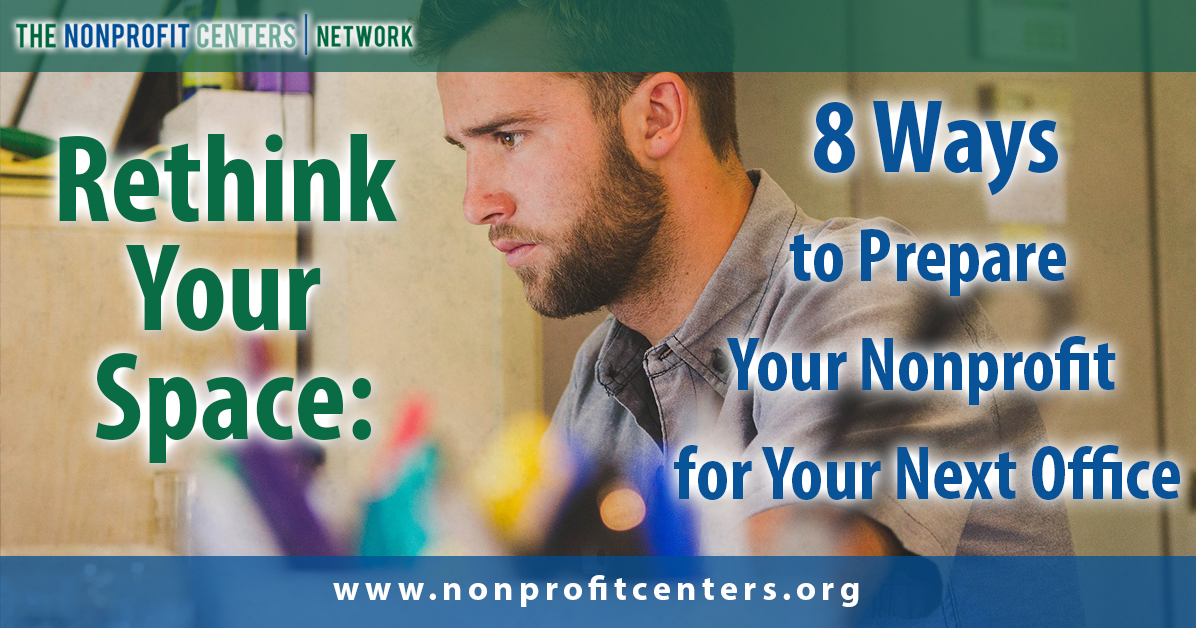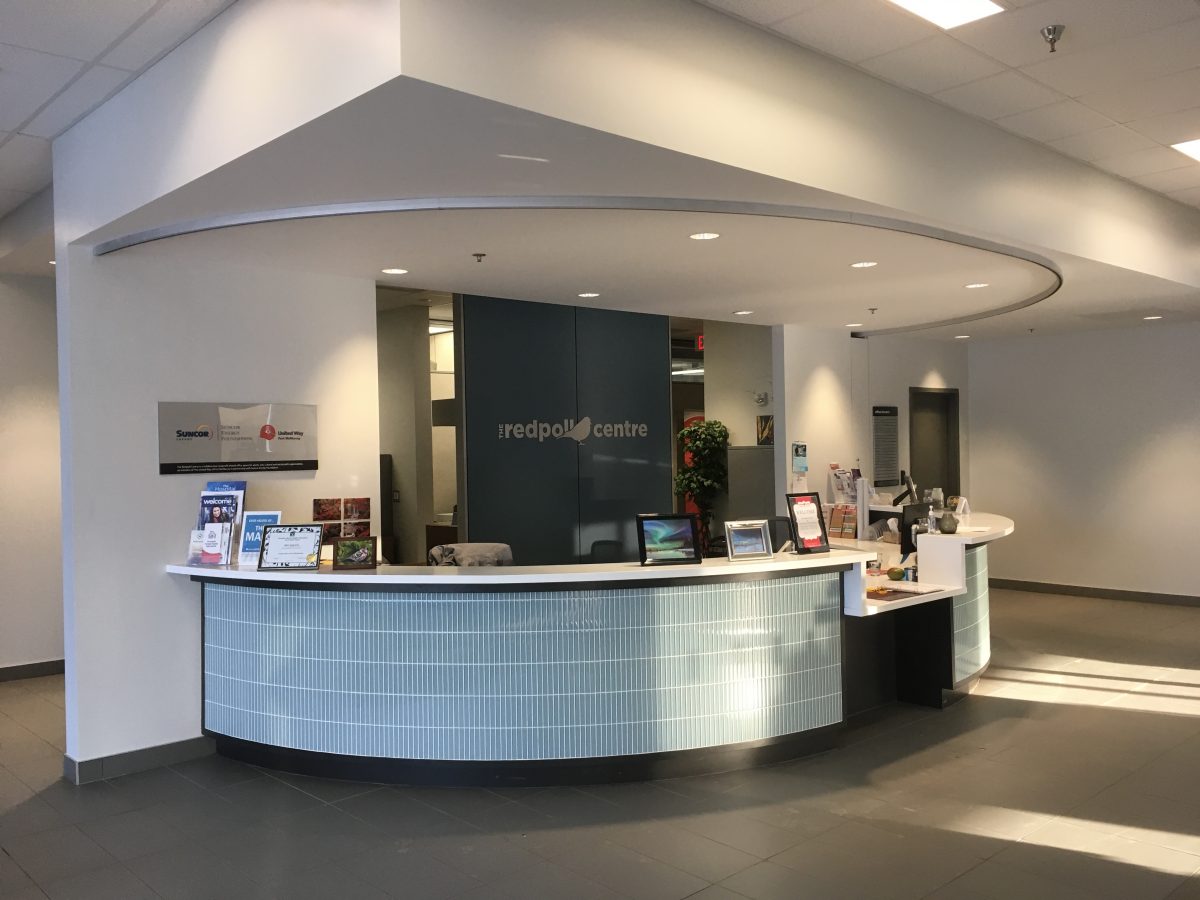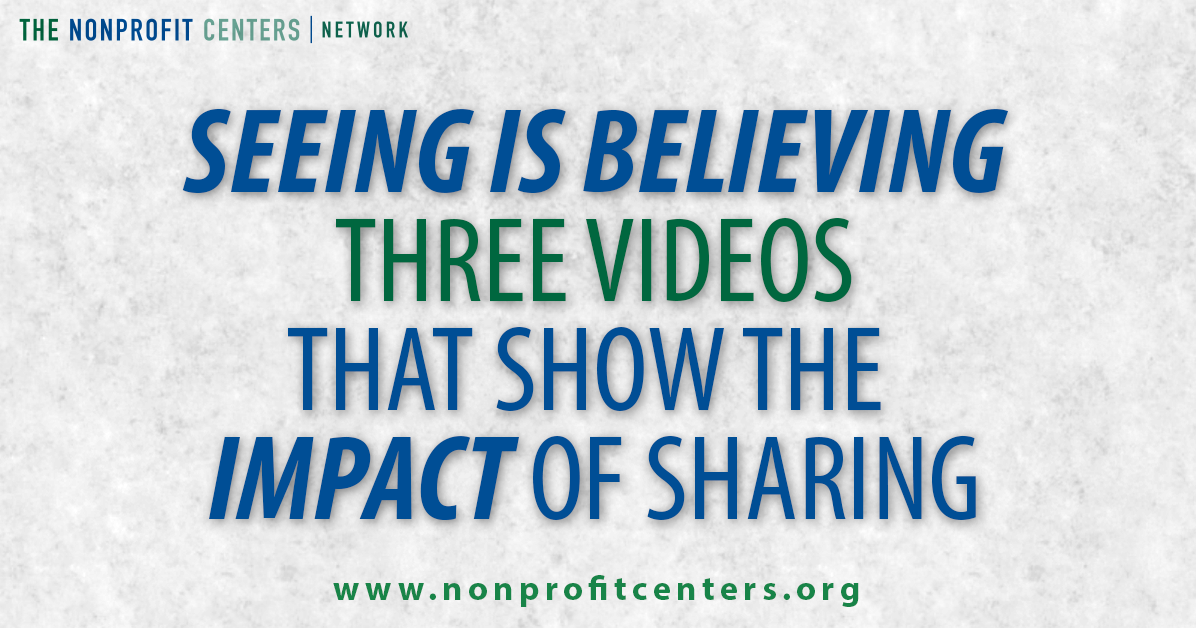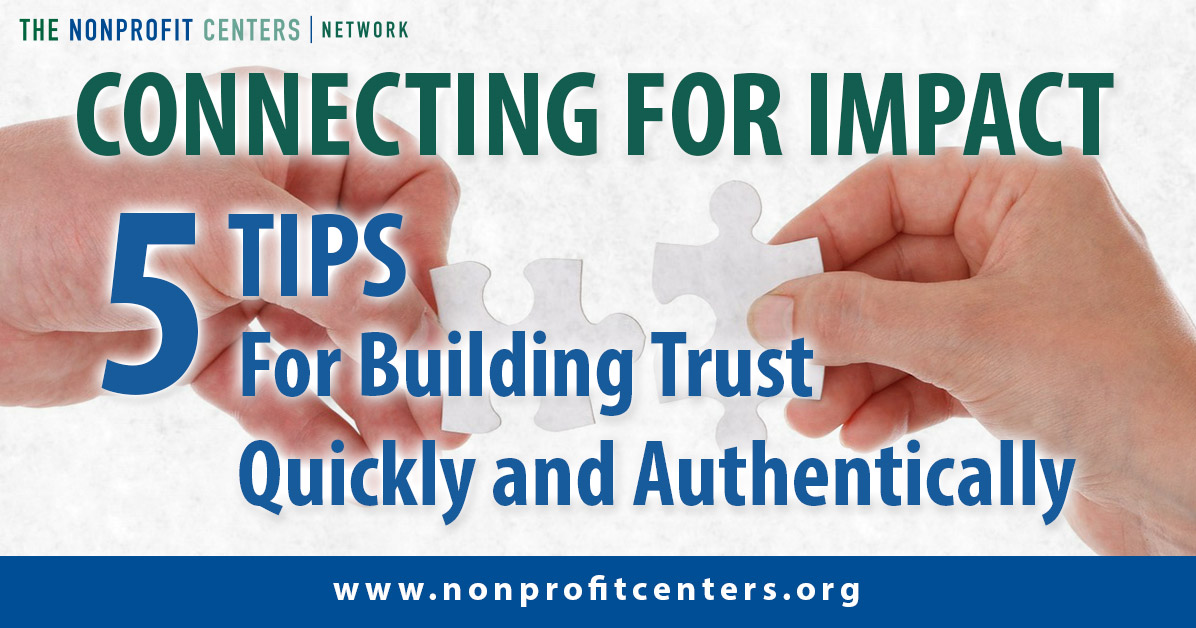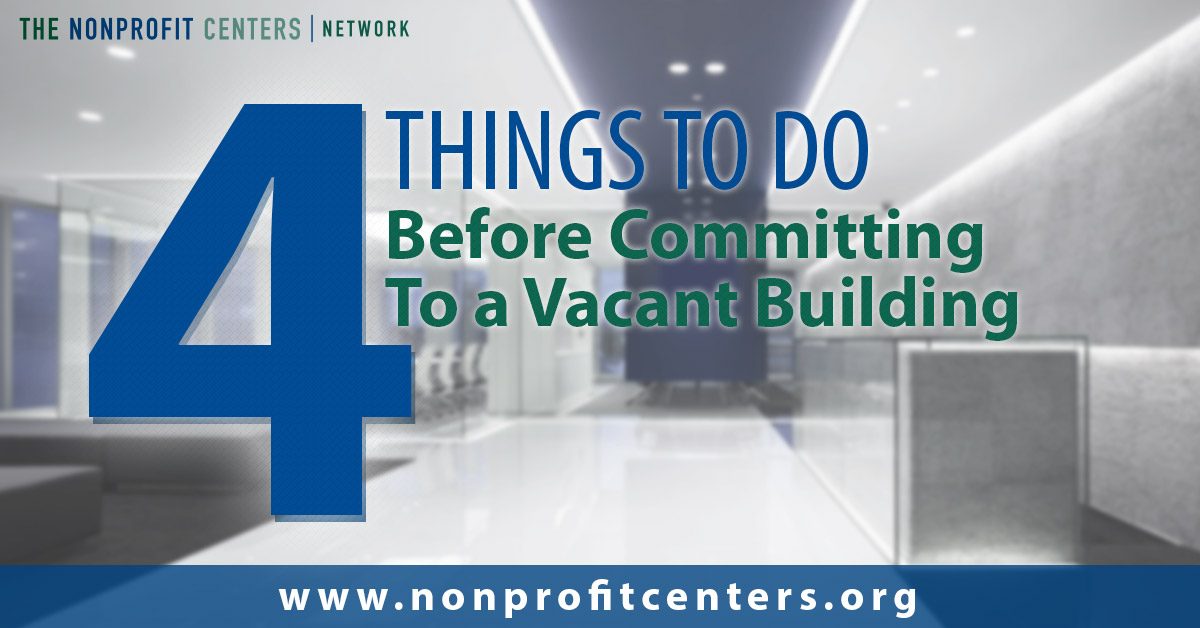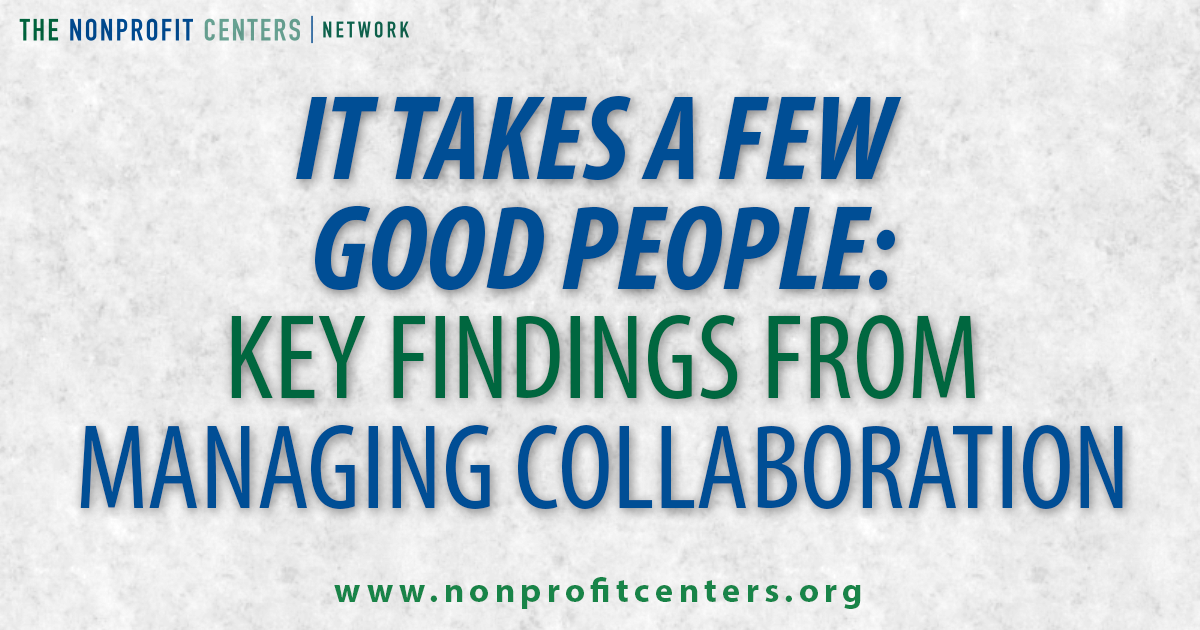It’s happened. Your landlord isn’t going to give you the same deal on your windowless basement office as he’s given you for the last five years. You have twelve months to figure out where to move, and you don’t even know how to start. We talk to many Executive Directors in this position. Here’s some tips for you as you start the process.
Managing shared meeting space is one of the biggest challenges you face in a nonprofit center. I’ve seen everything from custom room booking systems that use room occupancy sensors to cancel room reservations to room schedules kept using pen and paper. Virtually everyone wants there to be a technology platform that does it all, at an affordable rate, or better yet for free. With the explosion of coworking space, more room booking systems are coming on to the market. Here are a few that are popular across the network.
The Redpoll Centre is social profit hub in Fort McMurray, Alberta, Canada. Home to 16 different agencies, including anchor tenant – The United Way of Fort McMurray, it offers three different meeting spaces, a spacious lunchroom, and reflection room/ resource library. The shared office space is located in Shell Place, part of the largest recreational facility in Canada.
Over the past few weeks we’ve asked NCN members to share their holiday decor. Here are a few spaces that were in the spirit:
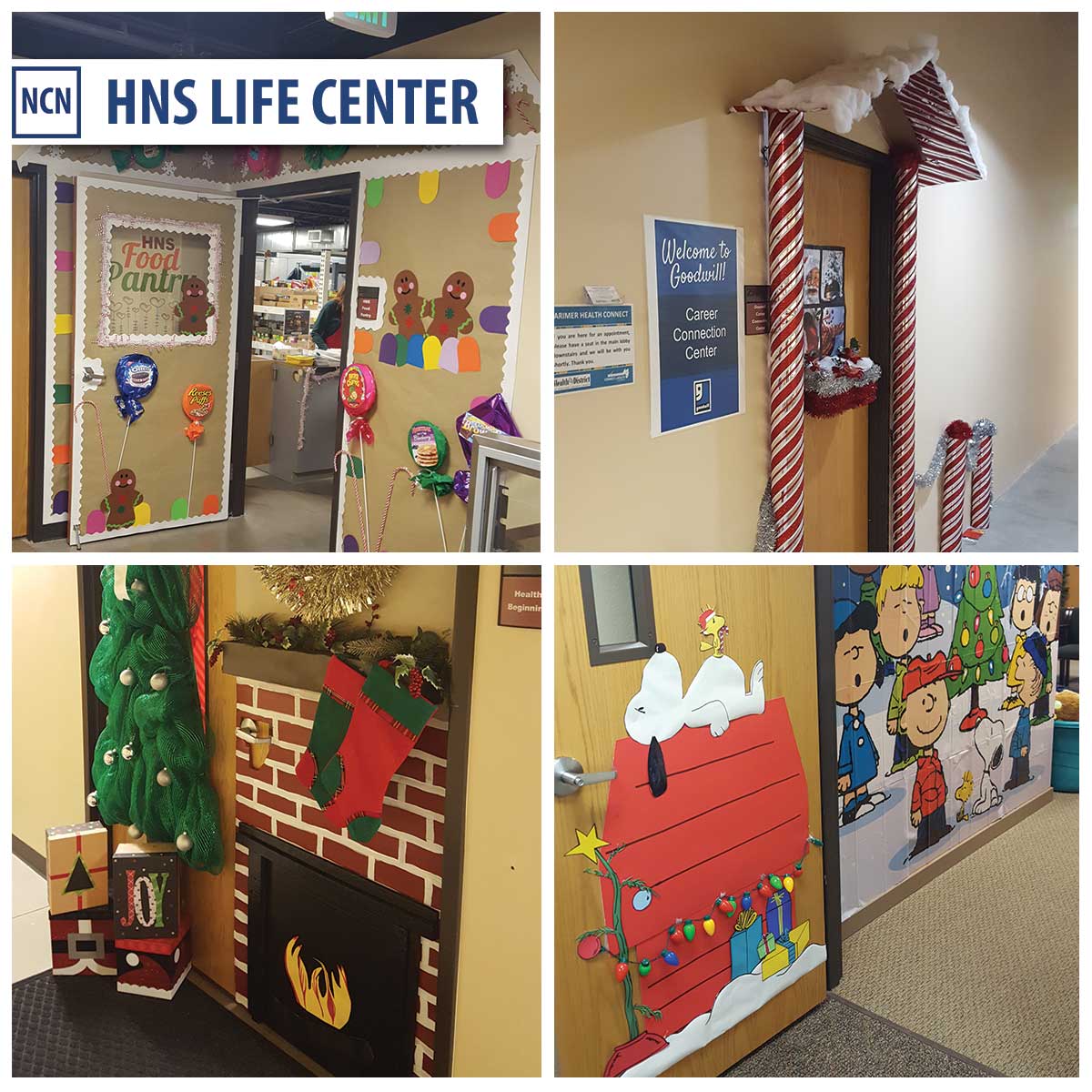

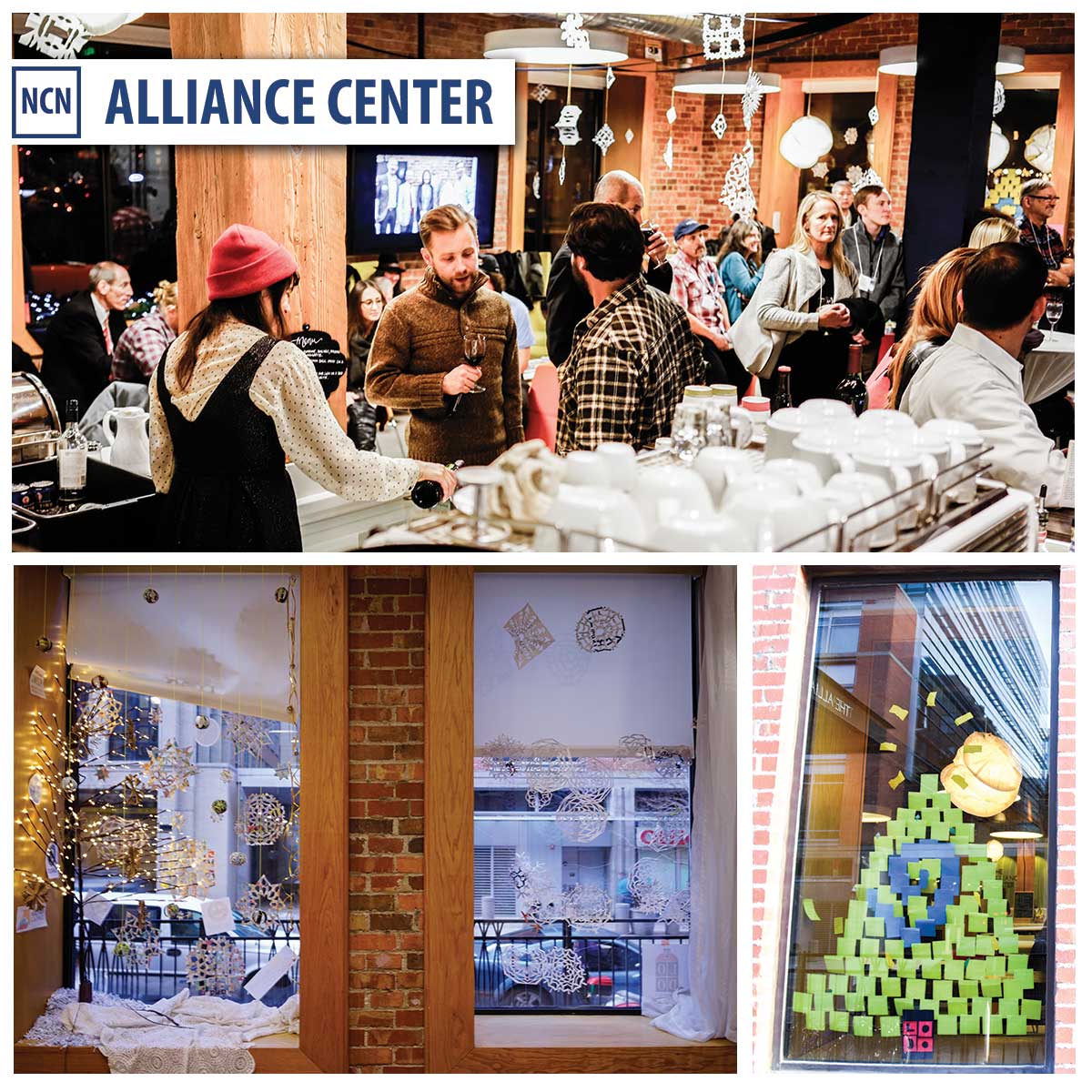
If a picture is worth a thousand words, then what is a video worth? Here are a few of our favorite videos to showcase the model of sharing. Take a moment to check out three different models of shared space!
Theme Center: Posner Center for International Development
Denver, CO
Service Center: Together Center
Redmond, WA
Multi-Sector Center: Carroll Nonprofit Center
Westminster, MD
For many years, I’ve believed that building the trust necessary for collaboration takes time – weeks, months, maybe even years. While at the Stanford Social Innovation Review’s institute on Network Leadership, a presentation by David Sawyer and David Ehrlichman of Converge for Impact shook loose my perspective on the subject. Over the course of a two-hour session, I and over 300 participants were led through a series of exercises focused on what we could do to build trust for impact in our own networks. At the end, I was surprised, not only at what had been shared with me, but also at what I had shared with others, and how quickly we had found common ground upon which to build. Here are my top take aways from the session...
On Wednesday we experimented with a new format for NCN Boot Camp. In response to feedback about the high cost of travel to an in-person training, we decided to offer our introductory-level training in an online format. We had a great turn-out, even better than our in-person Boot Camp trainings. The curriculum covered most aspects of starting a nonprofit shared space, but it’s always interesting to see the kinds of questions and conversations that emerge during these trainings. I thought I would share some of them with you, along with our shortened responses. My burning question is: where do we start?!
Lately we’ve been hearing a lot from funders about their interest in addressing inequality: in income, race, sex, education, economic opportunities and more (see Darren Walker of the Ford Foundation here). The Ford Foundation has used this lens to rethink how it conducts its grantmaking and how it measures its success. Other foundations are following suit and there’s even some controversy around how to define the goal of equity. This has led me to wonder how nonprofit shared space fits into this new lens. How do we, as a sector, address inequality? Here are three ideas:

Do Your Due Diligence: Four Things To Do Before Committing To a Vacant Building
This post is the first in a series by Mike Gilbert of The Jones Trust that will focus on how to repurpose existing and vacant buildings in a cost effective way. It is very important not to cut corners in the due diligence process before you commit to renovating a property – you might end up with some unfortunate and costly surprises.
Many buildings throughout North America are unoccupied, in a state of disrepair and/or abandoned. These buildings present amazing opportunities to preserve history or unique architecture, and it can be more cost effective to renovate than to build new. However, older buildings are typically constructed using asbestos containing materials in varying components. Many of these facilities were built under older building codes with less stringent requirements for life, safety and accessibility.
Repurposing older buildings can deliver outstanding project economics and return on investment if we do the hard work on the front end. Before you commit to a vacant building, make sure to do your due diligence. Identifying and fully understanding the potential risks of building renovation is a monumental task for the skilled developer and even more challenging for an individual, organization or group that does not do so on a regular basis. It is critical to be conservative at this stage of the project, investigating all possible risks that can become known prior to commitment to proceed.
As you plan your project, here are some tips to keep yourself from purchasing a money pit.
- Assemble a team of experts. Numerous skills are required to put together a full understanding of the challenges involved in building renovation. You, as the lead developer, are like the head coach, matching your player’s skills with roles on the project. If you don’t have the skills already on your staff, you may need to hire paid consultants Some of the roles you will need filled include:
- Environmental Safety Assessment (ESA)
- Building Envelope Assessment
- ADA Assessment
- Mechanical and Electrical Systems Evaluation
- Conduct an ESA. This process will identify any important hazards that must be addressed during the renovation process. Environmental remediation can be extremely expensive, can destroy project economics and potentially kill a deal in progress. Typical ESA costs are between $3,000 and $7,500 for the initial work, although costs can vary significantly based on factors including size, age, location and more. This step cannot be avoided.
- Bring on an architect to do Building Envelope and ADA Assessments. The Building Envelope Assessment will give you a fair assessment of the weather tightness condition of the building including roof, windows, exterior skin, expansion and control joints, etc. The ADA assessment will help in the design process for compliance and can sometimes be expensive if new ramps are needed or if elevator upgrades are required. Cost of this investigation should run between $5,000 and $10,000 depending on the scope.
- Evaluate the mechanical and electrical systems. This process determines the suitability of the existing systems to accommodate the desired improvements. This evaluation is normally completed by a mechanical and electrical engineering firm. The investigation should cost between $2,000 and $6,000.
The due diligence phase of project evaluation is a very detailed process and can range in cost from as little as 1% of your project budget up to 3%, depending on the scope of work and level of detail desired.
Analysis of the various reports will allow you to fully develop a preliminary renovation budget that will feed into the pro forma budget for the project. Our next post will dive into strategies to consider in developing a preliminary project budget and feasibility study.
Running a nonprofit shared space can be a challenge. In addition to the hard skills of leasing, facility maintenance, and tenant improvements, nonprofit center managers must also be equipped with the soft skills of culture management and facilitating partnerships in order to create meaningful collaborations among the tenant partners under one roof. In our 2015 State of the Shared Space Sector survey, we at NCN wanted to answer some long standing questions about what it really takes to run a nonprofit center. The full findings of our research can be found in Managing Collaboration: Staffing & Salaries in Shared Space (available for free download). Here are a few highlights:




